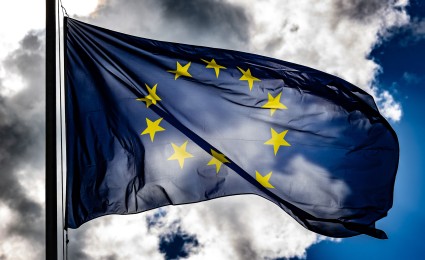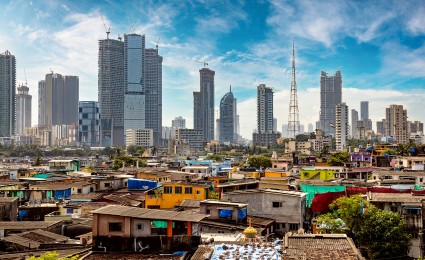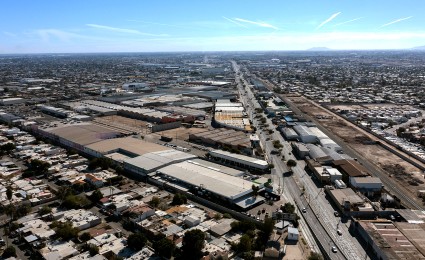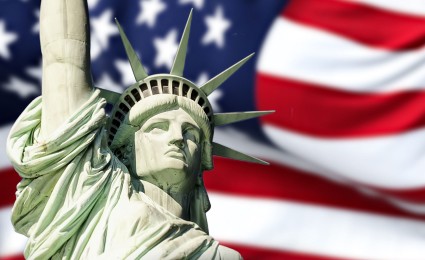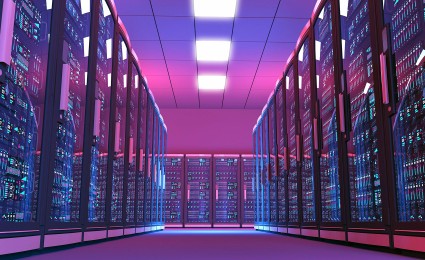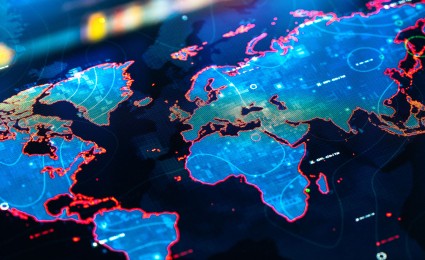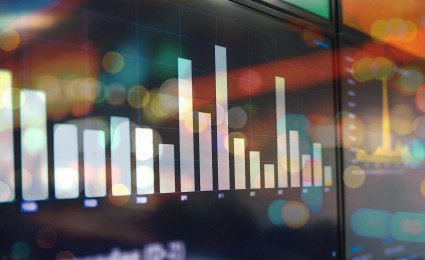

A new phase of globalization
By David Born
Debunking myths in the era of industrial policy
The topic of “deglobalization” has been talk of the town since the Covid-19 pandemic disrupted value chains across the globe. However, the narrative of "deglobalization" oversimplifies the complexities of the current global economic landscape. While traditional indicators such as trade openness and FDI may suggest a slowdown, a deeper analysis reveals that globalization is evolving rather than retreating. The increase in greenfield investments and trade growth with so-called connector countries point to the emergence of more intricate and regionally diverse global value chains.

"Companies aren't merely reacting to the resurgence of industrial policy; they're becoming more globalized by navigating a complex new web of trade, investment, and financing opportunities."
Industrial policy has reemerged as a central force, particularly in advanced economies, reshaping globalization in response to disruptions and the growing need for economic resilience. This resurgence is challenging traditional economies of scale and fostering a new phase of globalization, where some supply chains are becoming shorter but more diverse as 'Factory East Asia' relocates closer to clients. Meanwhile, some supply chains are broadening, achieving new economies of scale by navigating industrial policies on a global level.
Globalization in Transition: Navigating Shifts in Trade and FDI Flows
Between 2016 and 2023, the global value of greenfield investments increased by 69%, while cross-border mergers and acquisitions (M&A) fell by 57%. Despite an overall 5% growth in the value of greenfield investments in 2023, the increase in those investments in the manufacturing sector paints a brighter picture, with a 26% rise. This growth was notably driven by sectors with highly integrated international value chainslike the automotive industry, which saw a 50% increase due to strong demand for hybrid and electric vehicles spurred by policy incentives.
In 2023, the value of greenfield investments in developing countries surged by 20%, largely fueled by Chinese companies' efforts to diversify their production in Southeast Asia and Mexico. Although the value of greenfield investments in developed countries declined by 8% in 2023, renewable energy and electronics continued to dominate as the top sectors attracting FDI in Europe and North America, influenced by favorable policies.
The pursuit of resilience drives shifting globalization
Apart from businesses’ efforts to achieve resilience in the face of geopolitical conflicts and supply chain disruptions, there is a revival of industrial policy, primarily propelled by advanced economies. This comeback of industrial policy is fueled by several factors, including the global economic landscape’s shift over recent decades. This shift is characterized by China’s emergence and the rise of other emerging markets, which challenge the longstanding economic and technological supremacy of Western economies. In response, Western policymakers have started re-emphasizing the state's role in bolstering domestic industries to maintain their competitiveness in an increasingly multipolar world. Technological innovations, especially in frontier sectors such as artificial intelligence, semiconductors, clean energy, and biotechnology, have further underscored governments' drive for greater involvement through targeted interventions. These sectors are not only engines of future economic growth but also pivotal to maintaining strategic advantages. Western economies, therefore, view industrial policy as essential for fostering innovation and ensuring leadership in these high-stakes industries.
"The resurgence of industrial policy pushes globalization to evolve to a new phase, one that prioritizes resilience and long-term stability over short-term gains."
The Dynamic Evolution of Global Value Chains in the Era of New Globalization
Driven by the resurgence of industrial policy, the global industrial landscape is undergoing a significant transformation. The traditional trade model, which emphasized economies of scale through vertical division of labor across global value chains (GVCs), is nearing its limits. In this legacy model, established sectors such as electronics, machinery, and automotive industries flourished by leveraging specialized production nodes across different countries. However, the emerging dynamics in global trade and investment are driven by the increasing complexity of GVCs integrating more countries, and interlinking trade and investment flows.
The ongoing recalibration of global trade is evident in sectors like electronics and machinery, especially in the interactions among China, the US, and countries that serve as connectors in this shifting landscape. However, this transition is not driven by the emergence of new local champions in these friend-shoring countries, but rather by the relocation of Chinese manufacturers, evidenced by China’s increasing trade and outbound greenfield FDI flows to connector countries.
The resurgence of industrial policy and the shift in global value chains it triggers require companies to rethink bot their strategies and operations. This shift necessitates a thorough understanding and anticipation of industrial policies to effectively navigate the complexities of diversified supply chains and diminished economies of scale. Companies should primarily focus on three key areas of action:
- Scenario planning has emerged as a critical tool in this landscape, helping businesses to foresee potential risks and adapt their operations accordingly
- Smart localization involves building strong relationships with local suppliers, balancing global efficiency
- Operational optimization is vital, leveraging digitalization and AI to enhance supply chain visibility, automate workflows, and improve client relationships.




